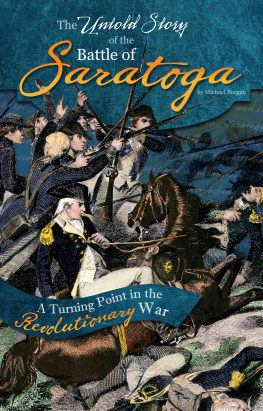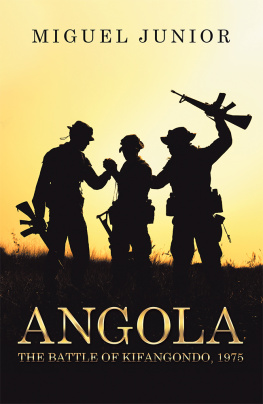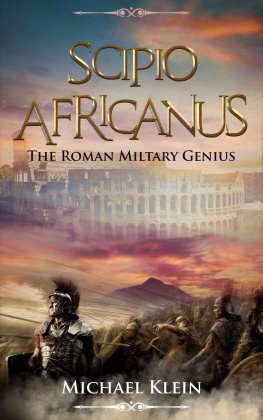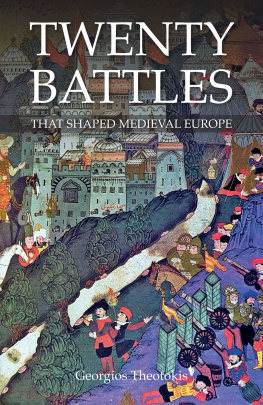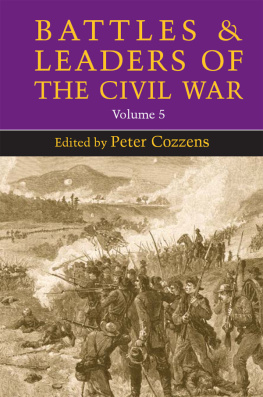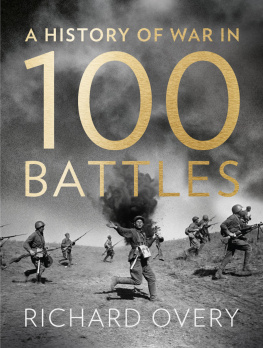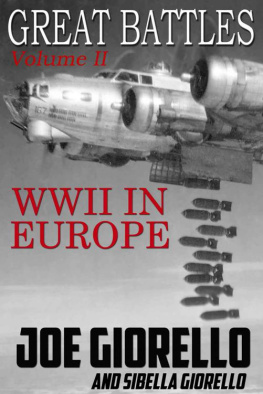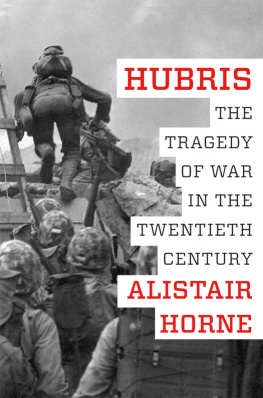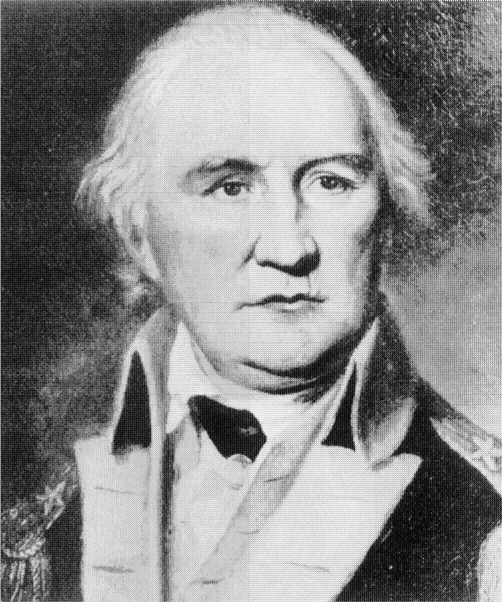Guaranteed to spark interest in any military reader, it serves as a beguiling introduction to the more detailed critical analysis of military history absolutely essential to anyone, as Clausewitz put it, who wants to learn about war from books
Harry G. Summers Jr.,
author of On Strategy
Wood shows that battles have been won by the minds of skilled leaders, that the attributes of leadership are found in the individual himself and that these statements have been true throughout the history of warfare.
Fascinating and easy reading without losing the main lessons the author wishes to bring out. One feels that Napoleon would have approved this approach despite the relatively humble ranks of most of those commanders examined. Read and meditate upon the wars of the greatest captains, the Corsican Ogre once enthused. This is the only means of rightly learning the science of warand we might add, the art as well.
Daniel Morgan, portrait by Charles Willson Peale
A Presidio Press Book
Published by The Random House Ballantine Publishing Group
Copyright 1984 by Presidio Press
All rights reserved under International and Pan-American Copyright Conventions. Published in the United States by The Random House Ballantine Publishing Group, a division of Random House, Inc., and simultaneously in Canada by Random House of Canada Limited, Toronto.
Presidio Press is a trademark of Random House, Inc.
www.ballantinebooks.com
Library of Congress Cataloging-in-Publication Data
Wood, W. J. (William J.), 1917
Leaders and battles.
Bibliography: p.324
eISBN: 978-0-307-53703-4
1. Leadershipaddresses, essays, lectures. 2 Military historyAddresses, essays, lectures. I. Title.
U210.W66 1984 335.33041 84-6905
v3.1
Contents
Prologue: The Dynamics of Battle
Dan Morgan at the Battle of Cowpens, 1781
Anthony Wayne at Stony Point, 1779
Physical Courage
Louis Nicolas Davout at Auerstadt, 1806
Moral Courage
Hernan Cortes at Cempoalla, 1520
Boldness
John Chard and Gonville Bromhead at Rorkes Drift, 1879
Tenacity
Scipio Africanus at Ilipa, 106 B.C.
Imagination
Henry Bouquet at Bushy Run, 1763
Flexibility
George Custer at Little Big Horn, 1876
Judgment
Marshal Lannes at Ratisbon, 1809
Rally
Brazenose at Lungtungpen, 1899
Inspiration
Colonel von Lettow-Vorbeck at Tanga, 1914
Energy
Permissions for use of illustrations and quoted material in LEADERS AND BATTLES by William Wood
Quote from The New Army with New Punch by Robert S. Dudney reprinted with permission from U.S. News and World Report, Inc. September 20, 1982. Copyright 1982.
Quotation from John Browns Body by Stephen Vincent Benet is from Selected Works of Stephen Vincent Benet. Holt, Rinehart & Winston, Inc. Copyright renewed 1955, 1956 by Rosemary Carr Benet. Reprinted by permission of Brandt & Brandt Literary Agents.
The Taking of Lungtungpen section reprinted from Soldiers Three and Military Tales, Part II by Rudyard Kipling. New York: Charles Scribers Sons, 1899.
Illustrations.
by Charles Willson Peale is from Don Higginbothams Daniel Morgan: Revolutionary Rifleman. University of North Carolina Press, 1961.
Maps of Battle of Cowpens and Stony Point reprinted with permission from the Boatner Encyclopedia of the American Revolution, copyright David McKay, 1976.
Reproduction of Le Bataille dAuerstadt (1806) by Gobaut with permission from Roger Viollet, Paris.
Zulus rallying to renew an attack is taken from A History of Warfare by Field Marshal Montgomery. New York: World Publishing Company, 1968; reprinted from Louis Creswickes South Africa and the Transvaal War, 190002.
Portrait of Henry Bouquet is from The Battle of Bushy Run by Niles Anderson. Pennsylvania Historical & Museum Commission, 1975.
Reproduction of Black Watch at Bushy Run by C. W. Jeffries courtesy of Public Archives, Canada.
Portraits of Custer, Reno and Benteen courtesy of Custer Battlefield Historical and Museum Association.
Drawing by John W. Thomason, Jr. of Marshal Lannes is reprinted from The Adventures of General Marbot with the permission of Charles Scribners Sons. Copyright renewed 1963 by Leda B. Thomason.
Photo of General von Lettow-Vorbeck and photo of Natives Hives to Attract Wild Bees at Tonga from Duel for Kilimanjaro by Leonard Mosley. Weidenfeld & Nicolson, 1963.
Drawing of Marshal Lannes on is by John W. Thomason, Jr. reprinted from The Adventures of General Marbot with the permission of Charles Scribners Sons. Copyright 1935 Charles Scribners Sons; copyright renewed 1963, Leda B. Thomason.
Maps by Martin Wilkerson (except for Cowpens and Stony Point):
Jacket painting by Robert Wilson, copyright Hubert Hendricks, Spartanburg, SC.
Introduction
Have you ever read an account of a battle and wondered why the author seemed so incisive and the leaders so bumbling? I have, many times, and have found that it doesnt require military genius to find the answer. It takes simply an awareness that the indoor sport of Monday-morning quarter-backing can be played outdoors to allow the author to occupy what could be called an omniscient observation post. From his cozy O.P. the writer is able to see all and know all. Then, you may ask, what about the leaders who are under scrutiny? In fairness, they could not have seen everything, let alone have known everything, so why did they act as they did?
There are no pat answers to the question. Yet the reader is entitled to a clear answer, and that is why this book was written. The idea of a book which would show the general reader that leadership in battle is a practical art had been gnawing at my mind for years. Only recently has the idea been propelled into action by two persuasive prime movers. The first stimulus was James Fallows illuminating book, National Defense,
The second prime mover, a close ally of the first, was the growing awareness that a new Army is beginning to emerge from the troubles that plagued it during the 1970s, such as too many school dropouts, too few re-enlistments, the departure of officers and non-commissioned officers with essential skills, and rapidly deteriorating weapons and equipment. The new Armys emergencereally a rebirthhas been described in an article by Robert Dudney:
The old battlefield doctrine of depending on massive firepower alone to crush foes is being scrapped in favor of a blend of maneuver, deception, and speed. The goal: Disorient an enemy that may be larger and more heavily armed. Known as AirLand Battle, the concept emphasizes small, stripped-down units that can move swiftly. Battlefield commanders will have a rare degree of freedom to exploit enemy weaknesses, and their troops will be trained to fight for long periods without rest [and the Army Chief of Staff adds] Its an awful lot for any organization to digest. Its going to take some of the greatest leadership weve ever had to get through this period.


